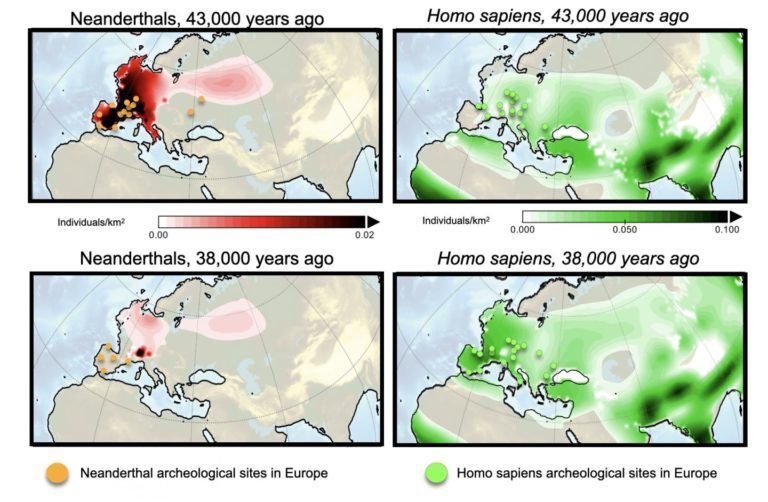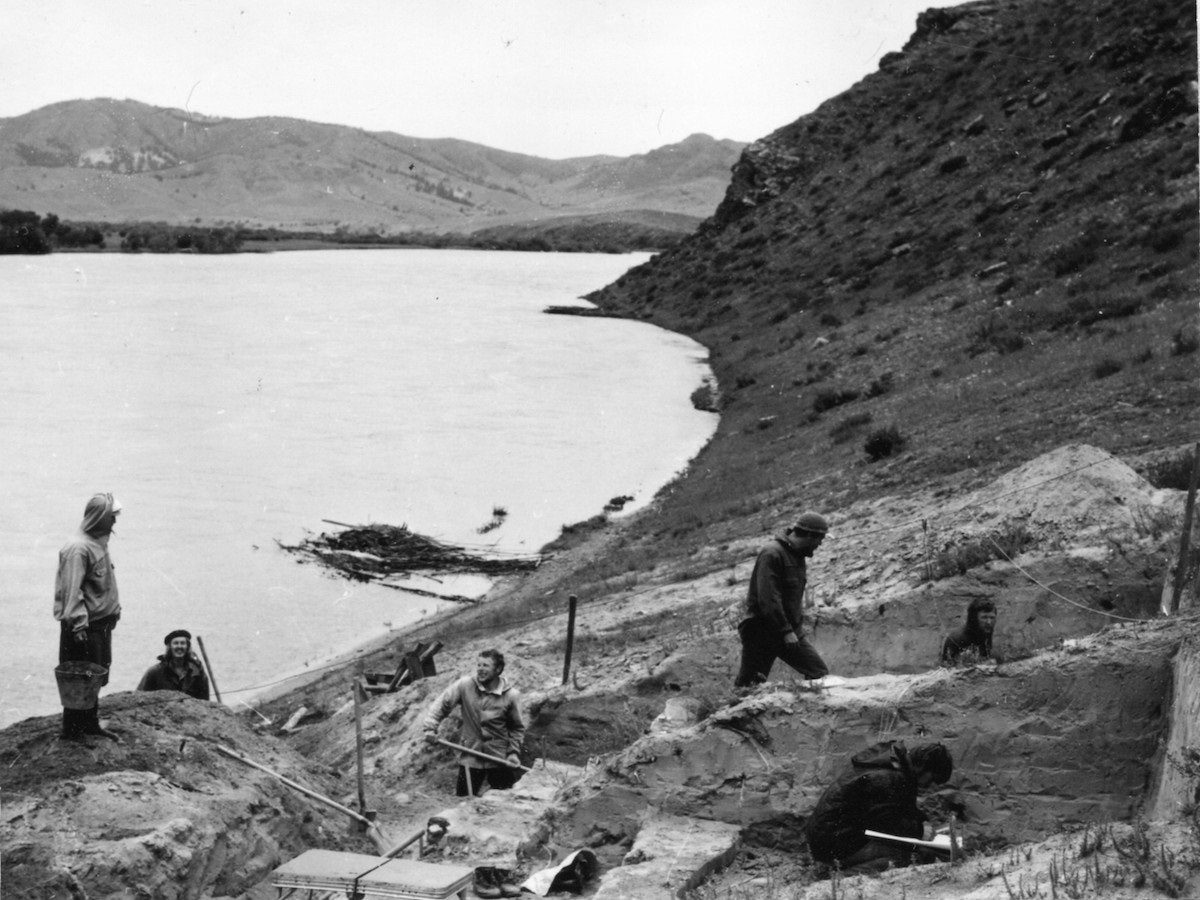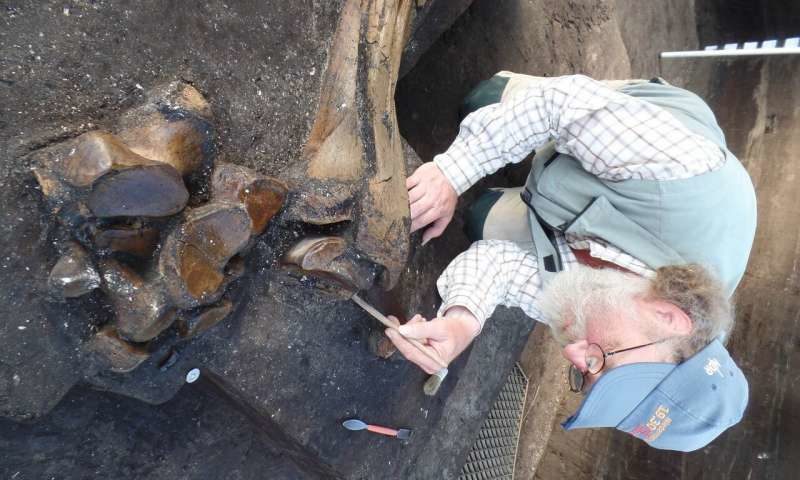It Started with the Rockefeller Institute's Crude Bacterial Meningitis Vaccination Experiment on US Troops. The 1918-19 bacterial vaccine experiment may have killed 50-100 million people. What if the story we have been told about this pandemic isn't true? What if, instead, the killer infection was neither the flu nor Spanish in origin?
Newly analyzed documents reveal that the "Spanish Flu" may have been a military vaccine experiment gone awry.
SummaryThe reason modern technology has not been able to pinpoint the killer influenza strain from this pandemic is because influenza was not the killer.
More soldiers died during WWI from disease than from bullets.
The pandemic was not flu.
An estimated 95% (or higher) of the deaths were caused by bacterial pneumonia, not an influenza virus.
The pandemic was not Spanish.
The first cases of bacterial pneumonia in 1918 trace back to military bases, the first one in Fort Riley, Kansas.From January 21 - June 4, 1918, an experimental bacterial meningitis vaccine
cultured in horses by the Rockefeller Institute for Medical Research in New York was injected into soldiers at Fort Riley.
During the remainder of 1918 as those soldiers - often living and traveling under poor sanitary conditions - were sent to Europe to fight,
they spread bacteria at every stop between Kansas and the frontline trenches in France.




Comment: History may not always repeat itself exactly, but sometimes it sure does rhyme!
See also: Vaccine not virus responsible for Spanish flu
As well as: